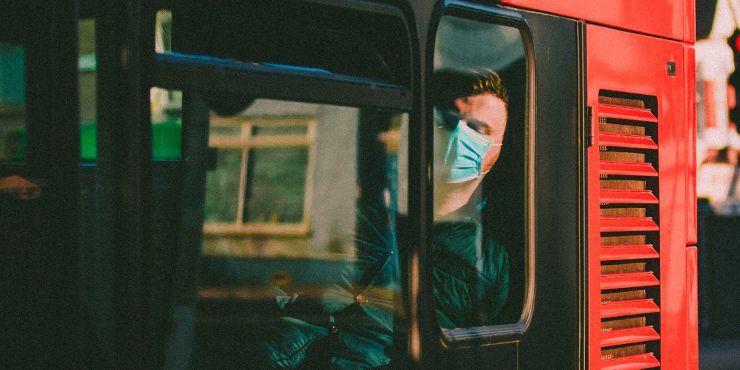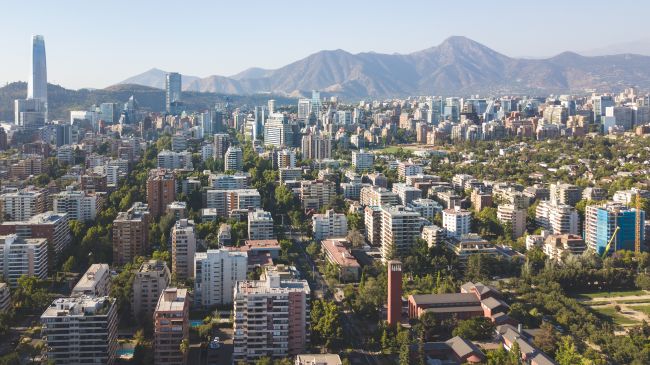How can travel behaviour change support public transport in a post-Covid-19 world?
At Steer, we’ve been discussing what opportunities there may be to lock in the benefits of the lockdown.

At Steer, we’ve been discussing what opportunities there may be to lock in the benefits of the lockdown, such as less congestion and air pollution, and more walking and cycling. Travel behaviour change theory talks about the opportunities presented by ‘change moments’ – this change moment is monumental and bold steps are needed to make the most of the challenges and opportunities that are presented. Cities including Milan, Paris and New York are already leading the way with their efforts, reallocating road space to walking and cycling.
I’ve worked in travel behaviour change for almost 14 years, but I never wanted it to happen like this. There are undoubtedly travel benefits to the lockdown such as more walking and cycling and greater use of teleconferencing, reducing the need to travel. However, public transport will take, at least, a significant short- to medium-term hit as more people work at home or are deterred from public transport by fear of spreading the virus. This scenario points towards a rise in the use of private modes of transport – walking, cycling and car – as people begin to return to work and ‘normality’.
What can be done from a travel behaviour change point of view to support public transport as well as the positive changes happening during the lockdown?
- Make public transport attractive (again): It seems likely that a sustained effort will be needed to make public transport attractive again. With operators already deeply affected by low or no demand during the lockdown, fare cuts or freezes may be impossible. Therefore, returning commuters and travellers will need reassurance that vehicles are deep cleaned regularly and enforcing the wearing of face masks while onboard may provide passengers with a sense of protection. The approach proposed by easyJet for their aircraft, where middle seats are left vacant, could be applied to bus and rail services to help maintain social distancing in the short-term and could work if lower levels of demand continue during the return to normality. However, while this may encourage people back to public transport, it of course limits capacity and revenue, and poses challenges to efficient boarding.
- Spread travel demand across the day: Helping to spread demand across the day could help to achieve social distancing during the return to work. I believe people will want to return to working in the office because fundamentally we need and enjoy the social contact with other people, and widespread working from home will not be maintained. Many organisations, such as those in the professional services sector, will be able to support this spreading of demand by encouraging, or mandating, earlier or later start times for their workers. There should also be a role for local authorities, in partnership with organisations like Business Improvement Districts, to coordinate demand spreading, as well as implementing local measures that make it easier for people to walk and cycle. At Steer, we are adapting tried and tested behaviour change techniques to meet this new world and help clients and partners prepare for the lifting of lockdown.
- Charge congestion, generate revenue: Providing reassurance about public transport and efforts to spread demand across the day may only go so far, and tougher measures could be needed to encourage people back to public transport, manage traffic congestion, and raise revenue to support transport services and operators. In the UK, except for a small number of Clean Air Zone cities, leaders outside of London have so far resisted congestion or road user charging on the grounds that it is inequitable and hits poorest people most (and it’s not a vote winner). This needs to be reconsidered, albeit not a solution for the short-term. The consequences of not curbing car use – poor air quality, inactivity, road danger – do not affect people equitably and disadvantaged people are also hit hardest by these externalities. Car ownership is typically lowest among disadvantaged communities leaving them dependent on walking, cycling and public transport to reach opportunities and participate in society.
It’s clear that the coming months and years will present significant challenges to the planning and operation of our transport systems. By all means, let’s work to lock in the benefits of the lockdown, but we must be prepared to bring forward new or bolder ways of raising revenue if investment in high-quality walking and cycling facilities and public transport services is to be maintained.



















